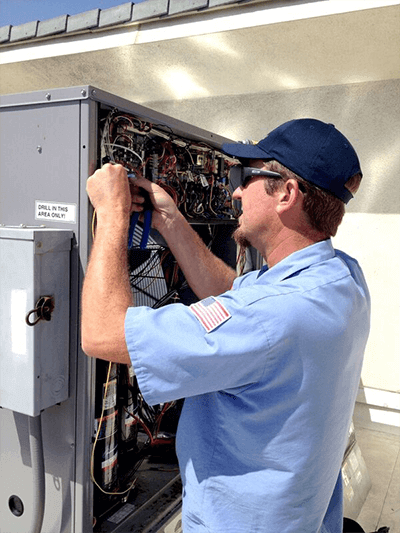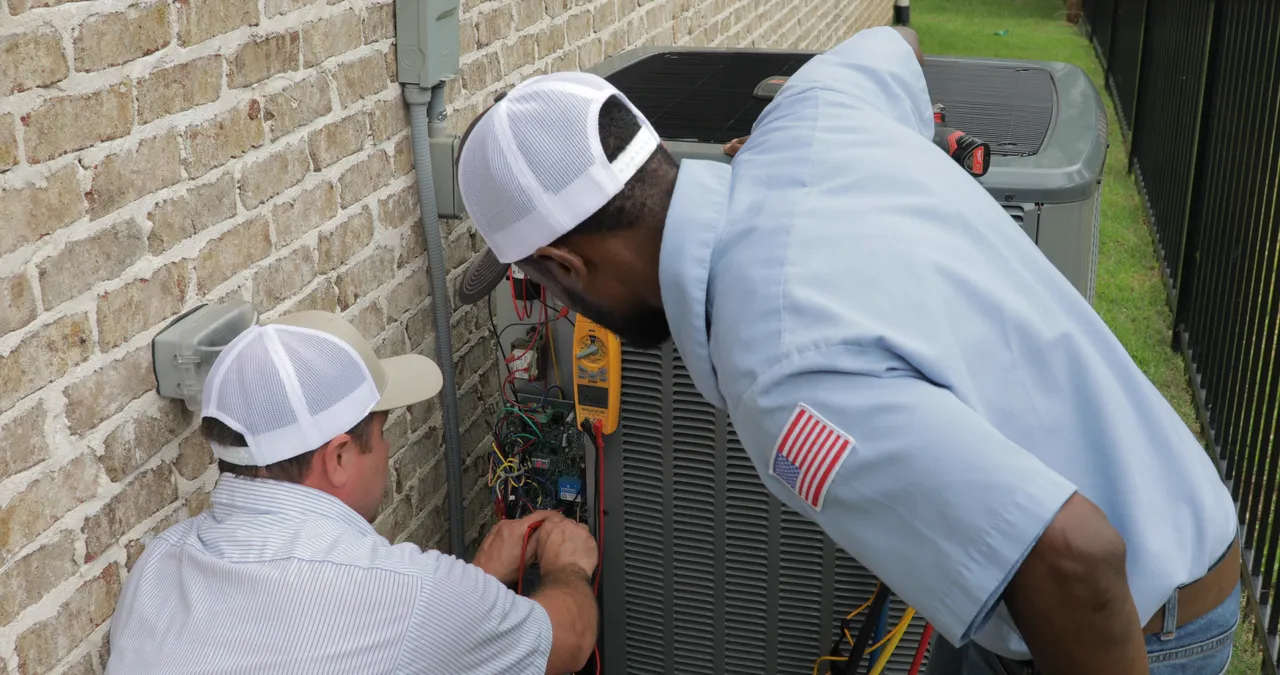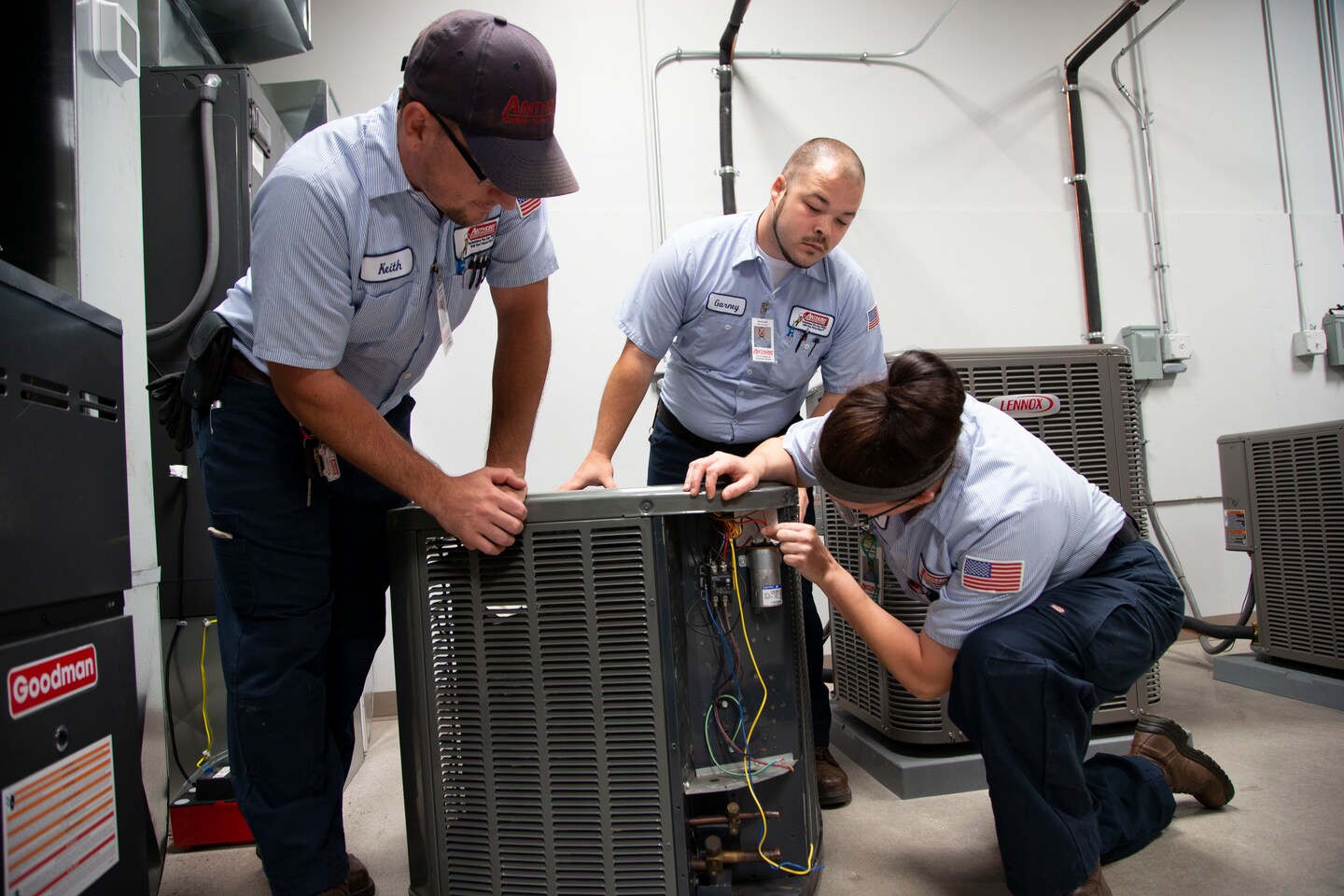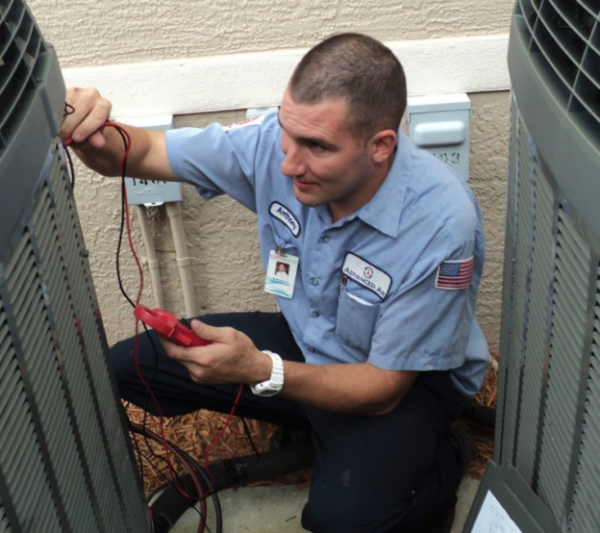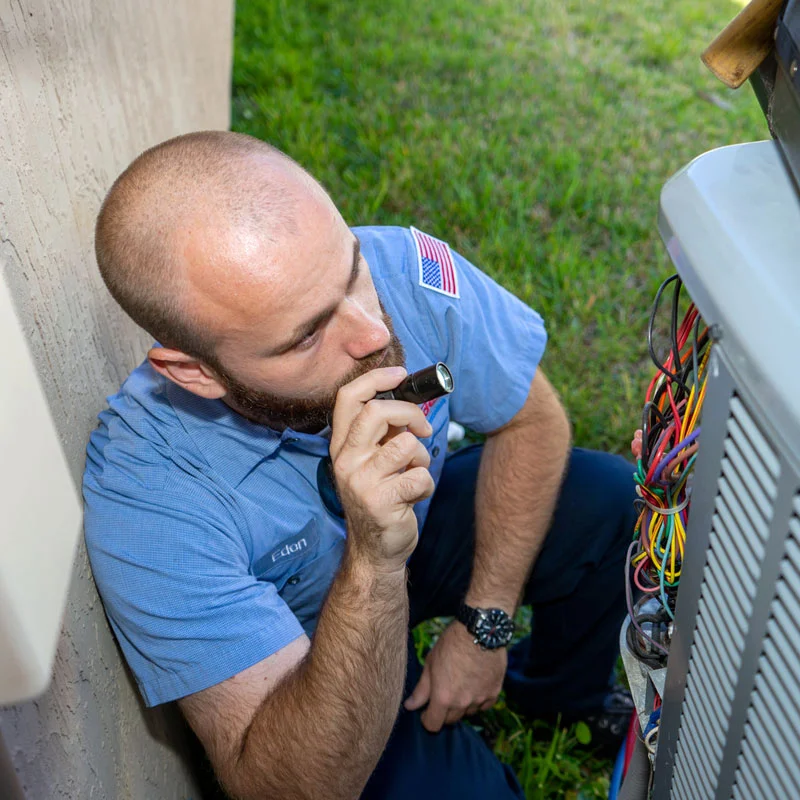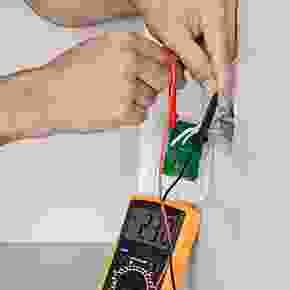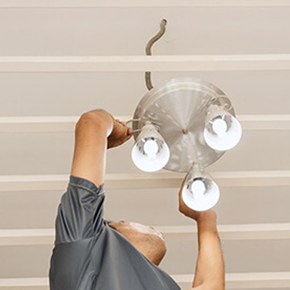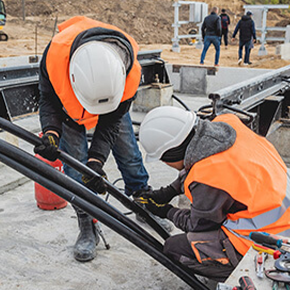Save Money & The Environment with The Cost-Neutral, Energy Affordability Programs
Florida is transitioning to new refrigerant codes and energy efficiency requirements. We help homeowners upgrade their systems to high-efficiency home solutions that reduce energy bills, meet safety standards, and qualify for government-backed incentives, funding, and rebates, with cost-neutral programs.
Schedule an Inspection


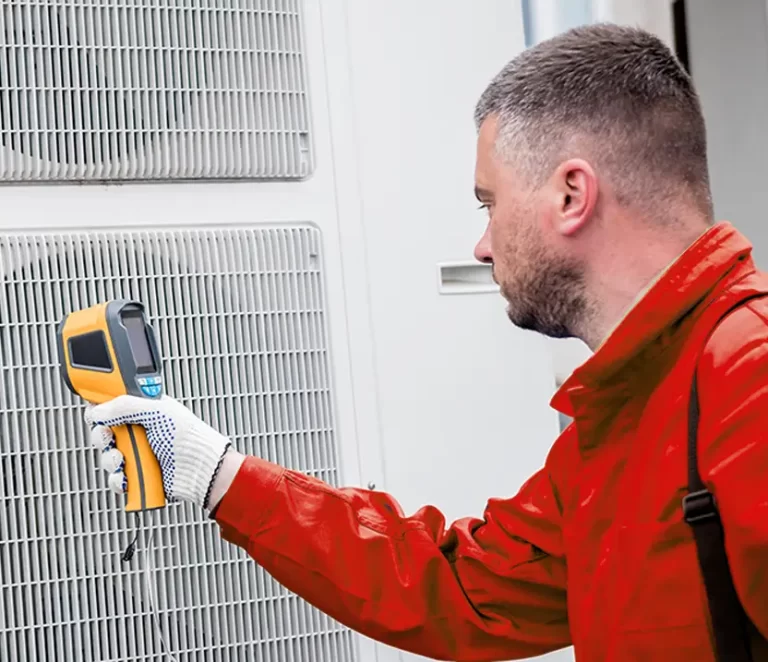
Over 67,000+
Thousands of Amercians Served
Why Florida Homes Are Being Upgraded
R-410A is being phased out as a refrigerant according to the Environmental Protection Agency (EPA) under the American Innovation and Manufacturing (AIM) Act. On January 1, 2025, all new HVAC systems must comply with a 750 Global Warming Potential (GWP) limit. R-410A will no longer be used in new equipment.
Florida requires the use of newer refrigerants such as R32, phasing-out models like R410A and R22. These changes are driven by national environmental standards. Older systems may soon become costlier to repair or non-serviceable altogether.
Benefits of Upgrading
- Lower Utility Bills: Up to 60% energy savings
- Compliance: Florida Building Code & EPA refrigerant mandates
- Improved Comfort: Quieter, stronger airflow with humidity control
- Future-Proof: Protect against rising repair costs
- Property Value Boost: Upgrade that adds value to your home
Flexible Options. Long-Term Value. Cost Neutral Upgrade
Homeowners can utilize financing programs such as PACE, offering:
*Ask your representative to walk you through eligible programs in your area.
Installation of modern HVAC units using approved low-GWP refrigerants to meet 2025 AIM Act requirements and improve indoor air safety. Retrofit of outdated HVAC and ventilation systems to meet federal refrigerant and indoor air quality standards.
Enhancement of air handling systems with high-efficiency filters, ventilators, and purification technology to reduce airborne contaminants.
Deployment of certified filtration systems tailored to local water quality reports and contaminant profiles.
Installation of sub-slab depressurization or passive ventilation systems to reduce radon concentrations in indoor spaces.
Targeted interventions to address water intrusion, humidity imbalance, and mold growth using EPA-recommended practices.
Complete Energy Efficiency Solutions — Delivered with Compliance, Comfort & Cost Neutrality
High-Efficiency HVAC Systems (R32)
Replace outdated ACs and heat pumps with R32-based systems that align with the EPA’s AIM Act and Florida’s building code refrigerant requirements. Includes:
Attic Insulation & Air Sealing
A critical component of home energy efficiency. Our attic insulation upgrades reduce system strain and improve thermal performance, especially in older homes. Includes:
Standby Generator Systems
For homeowners seeking uninterrupted power during hurricanes or grid failures, we provide code-compliant natural gas and propane generator installs. Includes:
Water Quality & Filtration
Identification of waterborne contaminants, including lead, PFAS, and microbial risks, with recommend appropriate filtration and safety upgrades.
Energy Storage & Battery Backup
We deploy residential battery systems to store excess energy and protect homes during outages or high-rate peak periods.Options Include:
Impact-Rated Doors & Windows
We install Florida-approved hurricane-rated doors and windows that not only meet code but also improve energy efficiency and qualify for property improvement rebates.Benefits:
All installations are performed by licensed technicians and meet or exceed:
Visual indicators often provide the first evidence of environmental health risks within indoor spaces. Identifying these signs early is critical for maintaining regulatory compliance and preventing long-term exposure to harmful conditions. Use the examples below to better understand what to look for in residential and commercial environments.
We also maintain comprehensive general liability and workers’ compensation coverage.
Upgraded cooling system in alignment with federal refrigerant regulations
Sealed substructure, prevent humidity and biological growth
Key Statistics on Indoor Air Quality and Home Safety
Improved Indoor Energy Efficiency
Lower Utility Cost
Understanding Indoor Environmental Compliance






